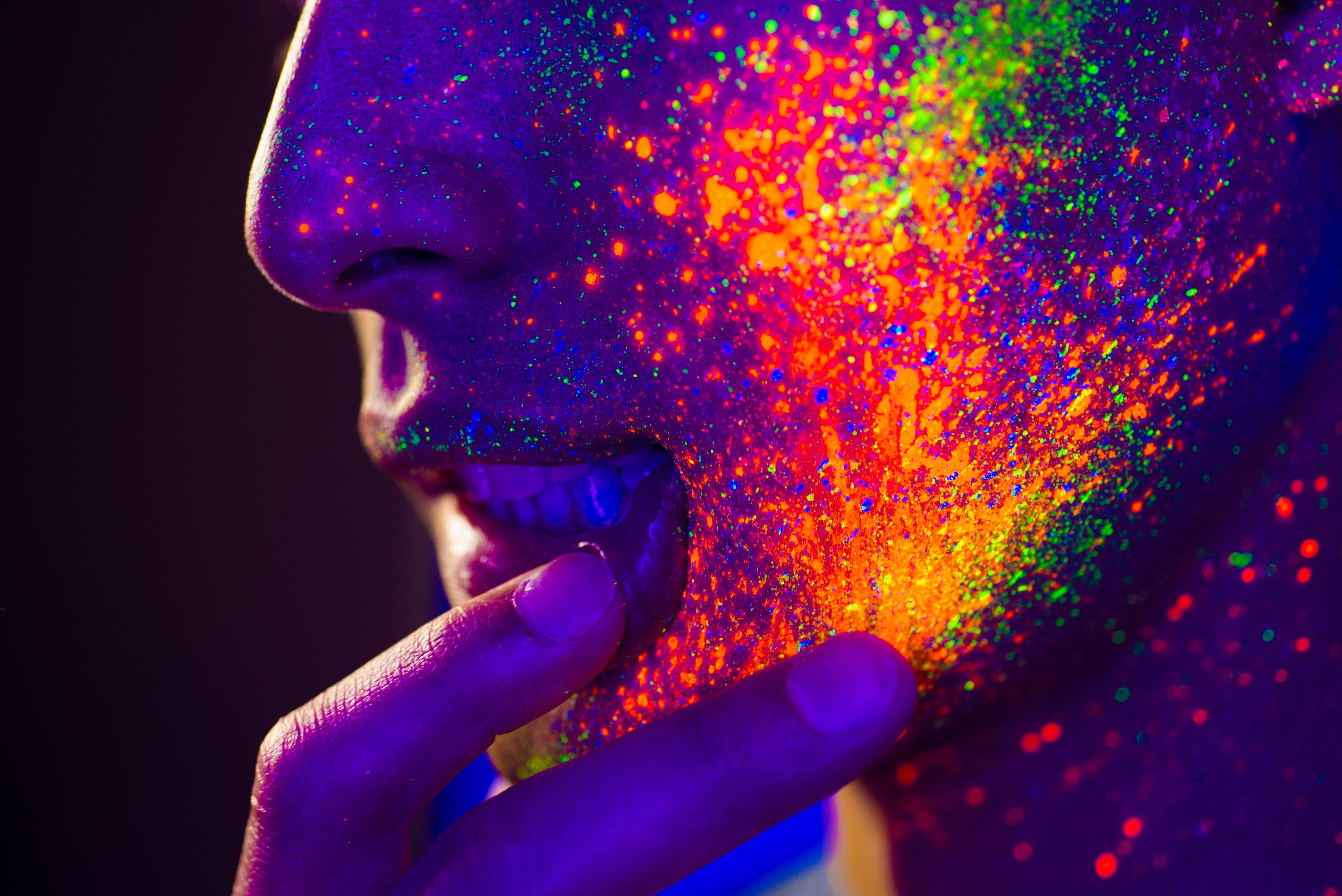If you're considering adding light therapy to your wellness routine, you may have come across both single wavelength LED and multi-color LED light therapy products. But which one is the better choice? In this blog post, we'll explore the differences between these two types of LED light therapy products and explain why single wavelength LEDs are a superior option for consistent and effective light therapy.
What are Single Wavelength LED Light Therapy Products?
Single wavelength LED light therapy products emit light at a specific wavelength, such as red (630nm), blue (415nm), or near-infrared (850nm), which corresponds to a particular therapeutic effect on the body. For example, red light is known for its anti-aging and skin rejuvenation benefits, blue light is used for acne treatment, and near-infrared light is commonly used for pain relief and tissue repair.
What are Multi-Color LED Light Therapy Products?
On the other hand, multi-color LED light therapy products use a combination of different wavelengths of light, often including white light, to deliver therapy. These products typically allow users to switch between different colors or wavelengths of light, with each color claiming to provide specific benefits.
Why are Single Wavelength LEDs a Better Choice for Light Therapy Products?
-
Consistent Light Output: One of the key advantages of single wavelength LED light therapy products is their ability to emit a consistent and targeted wavelength of light. This ensures that the desired therapeutic effect is delivered consistently to the skin or tissues being treated. In contrast, multi-color LED light therapy products may have varying intensities and inconsistent light output across different wavelengths, which can result in less effective and inconsistent results.
-
Specific Wavelength for Targeted Therapy: Single wavelength LEDs are specifically tuned to emit light at a particular wavelength that has been scientifically proven to provide a specific therapeutic effect. This allows for precise and targeted treatment of a particular condition or concern. In contrast, multi-color LED light therapy products often use a combination of different wavelengths, including white light, which may not be as effective in delivering targeted therapy compared to a single wavelength LED.
-
White Light Filtering: Multi-color LED light therapy products often use white light in combination with other colors. However, white light contains a broad spectrum of wavelengths, which can dilute the therapeutic effects of the specific wavelengths being used. In contrast, single wavelength LEDs do not emit white light, which means that the therapeutic effects of the specific wavelength are not diluted, resulting in more effective and focused light therapy.
-
Safety and Efficacy: Single wavelength LEDs have been extensively studied and researched for their safety and efficacy in various applications. They have been proven to be safe and effective in delivering consistent and targeted light therapy for a wide range of conditions, including skin rejuvenation, acne treatment, pain relief, and wound healing. In contrast, multi-color LED light therapy products may not have the same level of scientific evidence supporting their safety and efficacy.
In conclusion, when it comes to choosing between single wavelength LED and multi-color LED light therapy products, single wavelength LEDs are a better choice due to their consistent light output, specific wavelength for targeted therapy, absence of white light filtering, and proven safety and efficacy. If you're looking for effective and reliable light therapy, opt for single wavelength LED products to ensure consistent and targeted results for your wellness routine.
Disclaimer:
This blog is for educational and entertainment purposes only. It is not intended to be used for medical diagnosis, treatment or prevention of any disease, illness or health issue.


